Nicaraguan cichlazomas: description, care, breeding, compatibility
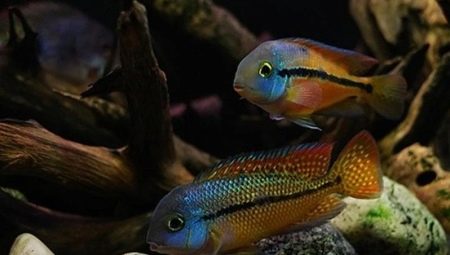
A large aquarium with beautiful fish will decorate any home. Varieties of decorative individuals are striking in their diversity. One of the most underestimated inhabitants of the depths is the Nicaraguan cichlazoma. This amazing fish with an unusual body shape and color has a livable disposition and excellent adaptability.
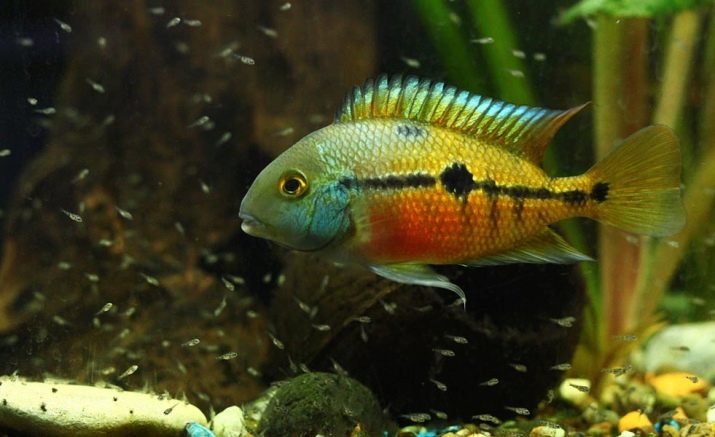
Description
The Nicaraguan cichlazoma belongs to the cichlid family. Its first description appeared in 1864. An amazing fish lived in the waters of Central America (Lake Nicaragua). Among cichlids, this species is the brightest and most spectacular. However, among breeders, its popularity is minimal. The thing is that fry of the Nicaraguan cichlazoma look inconspicuous and faded. Amazing colors appear over time.
The body of an adult fish has a spectacular golden hue with diamond highlights, which "play" with all the colors of the rainbow. The abdomen is scarlet, and the head and gills are colored deep blue. There are also other color options, but this one is the most common for farmed fish.
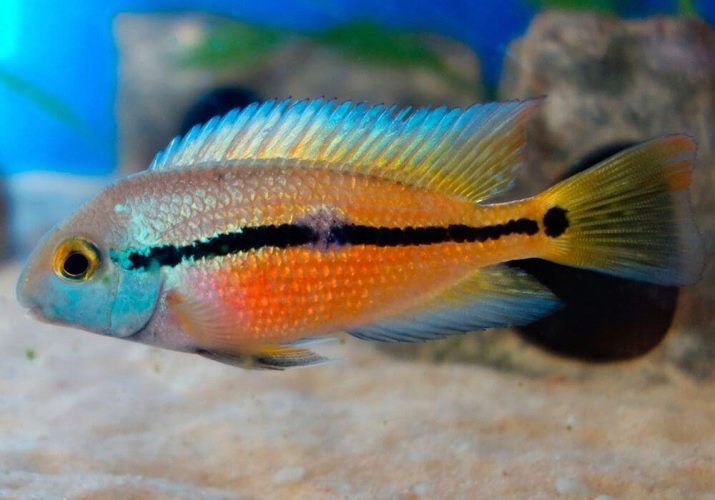
Large size can be attributed to the characteristic features of the Nicaraguan cichlazoma. Males reach a length of 25 cm. "Girls" are 7-10 cm smaller. The body is compact and slightly flattened. The head has a bizarre bend. This cichlid has massive lips and bulging eyes. "Boys" are larger than females and have less contrasting coloration. In addition, males have wide fins, and in most cases there is a fatty build-up on the forehead. During the spawning period, the abdomen of the female is decorated with orange shimmery blotches.
Cichlazomas are monogamous.They choose their mates for life. Sexual maturity in these cichlids occurs between 8 and 11 months.
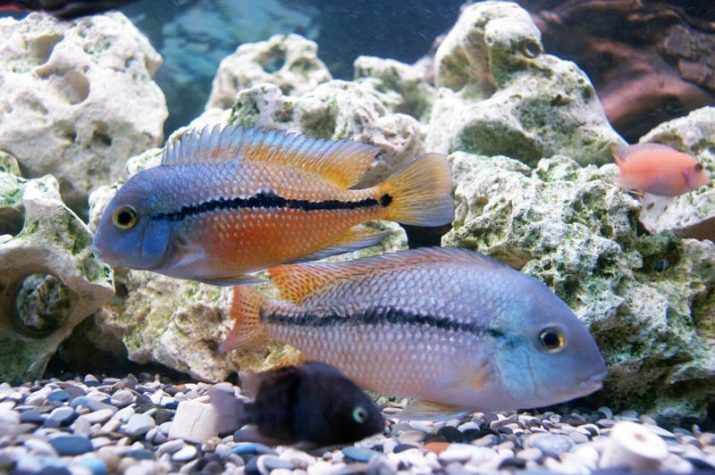
Maintenance and care
Experts say that the Nicaraguan cichlazoma is an unpretentious and livable inhabitant of artificial reservoirs, unlike other cichlids. However, some rules for keeping these fish still exist. Pay attention to the following guidelines:
- the volume of the aquarium is at least 300 liters, the calculation is 100–150 liters for each individual; in a small, cramped space, fish begin to show aggressiveness;
- water temperature - 26-30 degrees;
- hardness - 8–20;
- acidity - no more than 7.5;
- regular filtration and powerful aeration;
- weekly change of up to 30 liters of fresh water;
- moderate lighting, with a lack of light, cichlazomas darken, and with excessive lighting, on the contrary, they fade.
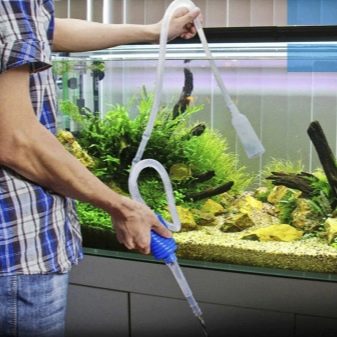

This type of cichlid does not tolerate polluted water, therefore, the maintenance of the aquarium should be regular and of high quality. Having a caring owner, this amazing fish can live up to 13-15 years.
For the comfortable keeping of cichlases, one should take into account their love for "landscape design". Large fish act as "builders" and often change the environment in an artificial reservoir, digging holes. Sand is not the best filler, as the fish will kick up dust. For an aquarium with Nicaraguan cichlazomas, small pebbles are perfect. And massive stones will become a material for creating numerous shelters.
As for plants, then it is necessary to place them in the aquarium only in pots, otherwise the fish will begin to dig around the green spaces and damage their roots. As a result, plants face imminent death.

Feeding
Tsikhlazoma is known for its omnivorous nature. Under natural conditions, fish absorb plant food (algae, leaves, snails and other invertebrates). All types of food are suitable for "aquarium life", especially live food. As additional food, cichlids are given brine shrimp, bloodworms, shrimp and worms. In addition, colorful fish will gladly feast on vegetables (fresh cucumbers, lettuce or zucchini).
Meat products should be given in a minimum amount. These foods are difficult to digest and lead to obesity.
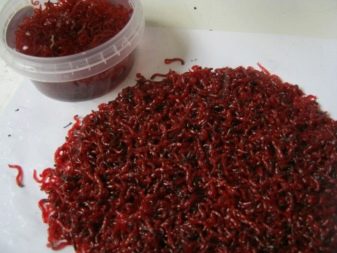

Compatibility and breeding
This fish is characterized by increased aggressiveness and is desperately fighting for its own territory. Therefore, it must be kept with other peace-loving cichlids.
Cichlazomas lead a paired lifestyle. Experts advise placing at least 5-7 individuals of the same age in one aquarium. This will reduce the number of conflict situations. Note that it is strictly forbidden to keep this type of aquarium fish with small relatives. The former have natural hunting instincts and will perceive "babies" as prey.
Multi-colored fish reproduce well in an artificial reservoir. Couples ready for spawning are moved to another aquarium. A small vessel (at least 60 liters) is suitable as such a "dwelling". Small gravel is placed on the bottom so that the female can create a nest.
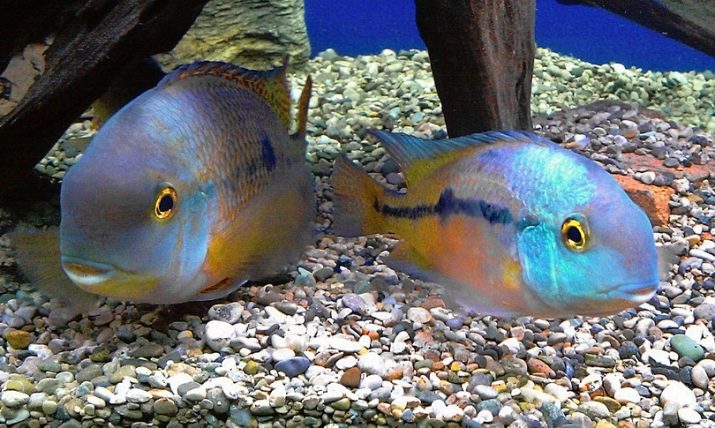
During this period, it is important to monitor the water parameters. Its temperature should not fall below +24 degrees Celsius. The female lays eggs. It is quite large and transparent. The fry are born after 2-3 days and are instantly sent to explore the world around them. For them, "live dust", small daphnia or crushed egg yolk are suitable.
An important nuance: the Nicaraguan cichlazoma has a pronounced parental instinct. “Moms” take care of their offspring, and “fathers” zealously protect the “kids” from the attacks of neighbors.
A temporary aquarium, in which fry live for the first time, must be kept clean by regularly changing the water. When the "kids" are one month old, they can be safely sent to the "common" artificial reservoir.

For more information on the features of these fish, see the next video.








